Best Landscape photography guide
Landscape photography guide
Landscape photography is a type of photography that focuses on capturing natural environments (waterfalls, lakes, deserts) or artificial ones, such as buildings, and roads, among others.
It requires full attention and patience, the phrase "You have to learn to see" perfectly defines the skill required for this type of photography. The space that the landscape photographer faces is wide and full of movement.
Therefore, it is always a challenge for him to find a unique angle. And when he finds it, he may not be able to capture it, because of uncontrollable elements like wind, light, or weather in general.
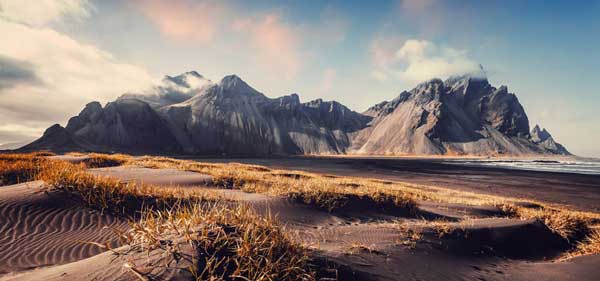
To avoid frustration, the photographer needs to know what they want to achieve with each photo and the technical settings that will help them get a good shot before conditions change.
types of landscape photography
These are the most well-known types of landscape photography:
- Natural landscape
- urban landscape
- night landscape
- winter landscape
- Rural landscape
- black and white landscape
- tourist landscape
- misty landscape
- aerial landscape
- panoramic landscape
- minimalist landscape
- Long Exposure Landscape
Inspiration for landscape photography
In this section, we will talk about various photographers who have left their mark on the universe of landscape photography. We believe that knowing their work will help you train your eye and establish the foundations to build your own style.
Read carefully, because we are sure that you will learn a lot from them.
The great masters of landscape photography
- Ansel Adams: One of the most important photographers in this genre. The photographic series that catapulted him to fame was made in the national parks of the United States. Work that, today, continues to inspire thousands of people.

- Michael Kenna: Noted for his minimalist black and white photos. An example to follow when it comes to taking advantage of the elements present in the environment.
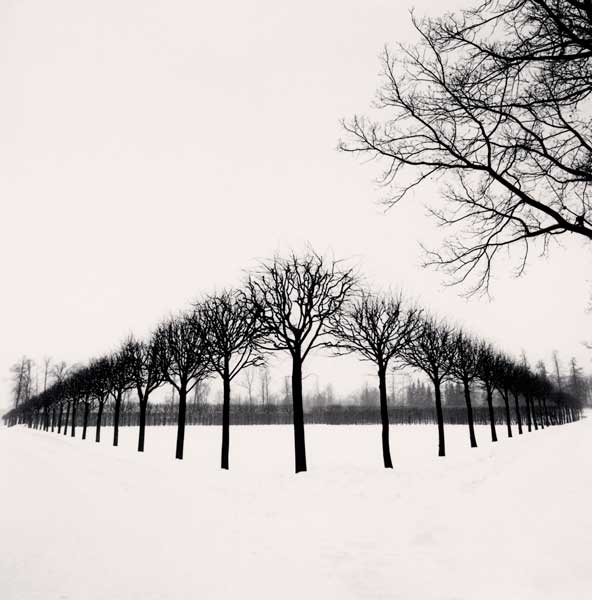
- Edward Weston: With this photographer, you will learn that the simple can also be very beautiful. This lens artist was noted for making close-ups of natural elements, a fact that gave such objects an unusual appearance.

- Robert Adams: This photographer will show you that the social and ecological can be present in a landscape photograph. Said artist, since 1960, has been in charge of portraying how the landscape of the western part of the United States has been changing thanks to industrial expansion.

- John Pfahl: Altered Landscape is his best-known photographic series. In it, he stood out for altering various landscapes by adding meshes, lines, or points at the time of taking the shot.

- Jerry Uelsmann: This photographer makes photomontages in which the landscape plays a fundamental role. In his photographs, surreal elements can be evidenced that help him show his peculiar vision of reality. With it, you will know that it is possible to print your own style by editing.

- Galen Rowel: This photographer, also known for being the forerunner of alpinist photography, managed to capture from places that are difficult to access for most. Adventure, without a doubt, is the DNA that makes up his photos.

contemporary photographers
- Justin Minns: This photographer from the United Kingdom specializes in close-up landscape photography. It is worth reviewing his work to learn new perspectives.
- Ted Gore: He has specialized in unconventionally portraying landscape, he is currently in the city of California.
- Marco Grassi : Your photos stand out for presenting a touch of drama in remote and pristine territories. He has won several awards and works in various relevant media such as National Geographic, BBC, and CNN.
- Andy Best: He is a photographer focused on representing landscapes, adventure, and astronomy.
- Gary McParland: He was named Ireland's Best Photographer in 2010 and won the Wanderlust Award for Travel Photographer of the Year in 2011.
- Paul Zizka: In addition to offering unusual angles of the prints of the mountains. This photographer also stands out for his night photography, which reflects almost magical and surreal scenes.
landscape photography equipment
To take quality landscape photography, in addition to your camera, you will need other elements that will help you capture your images more accurately.
Basic team
- A camera that allows you to make manual adjustments can be anything from an SLR camera to a mobile phone with a good camera.
- Backup batteries in case you need them, especially if you are going to record video or take star photography.
- Memory cards.
Accessories
- ND and polarizer filters to achieve more striking effects, reduce reflections or achieve more spectacular skies.
- A good tripod, is essential to keep the camera steady.
- Shutter cable with interval timer function like these or the phone if your camera has a connection.
10 tips for your landscape photographs
Ok, now that you're inspired and have the basic equipment, it's time to practice.
These tips will help you to define in advance what you want to reflect, the clearer you have this part, the better the result will be:
Define the photographic style you want to use
I recommend you try all of them to find out which one you feel most comfortable with:
- Romantic style: It is one of the most used styles. It stands out for leaving a high ISO, employing shallow focus, and including backlighting, as well as some blurring.
- Descriptive Style: Distinguished by extreme attention to composition and detail. This style seeks to show reality as accurately as possible, without manipulation.
- Abstract style: Borders on minimalism, as it focuses on exalting the essence of a particular landscape. And this can be achieved by representing only a small part of the scene that is about to be photographed.
- Environmental Style: Links a social struggle with the art of taking photos. This type of photography has two intentions: to show how the growth of industries is deteriorating the landscape and to raise awareness of how terrible the loss of places of great beauty would be.
- Manipulative style: It is the least common of all and is characterized by incorporating external objects into the landscape, either in reality or through montage (digital or analog).
- Controlled style: Artificial light is often used here, so most of these photos are usually taken at night.
Plan your route using apps
Planning is important for any landscape photographer. Knowing the terrain that you intend to photograph is vital since thanks to this you will be able to take advantage of every moment since you will know the time when the light is more favorable and the best angle from which to take the photos.
We want all of this to be easier for you, so we recommend you use the following apps:
- Google Maps – I use it to find remote places and how to get there. You can't imagine the number of interesting places that are close to you yet to be discovered.
- Photopills: being able to anticipate the light that will be in the scene is a privilege that you can have using this application from your mobile.
- The Photographer'S Ephemeries: an alternative to the previous one to know the sunrise and sunset or locate the milky way in night photography.
- Starmap Pro: a must-have app for astrophotography
Do you want to shoot during the day or at night?
Choosing one schedule or another is important since it will define two things:
- The type of equipment you should bring, both photographic and clothing, clothing is sometimes as important or more than accessories.
- The analysis of light, is important for your photography to come out well.
Thus, if you opt for the day, we advise you to avoid midday and go to the place you want to photograph during the early hours of the morning or at sunset. Because during this time the temperature and the angle of light tend to influence the environment attractively, during midday on sunny days the light is too strong and the shadows are too harsh.
On the other hand, if you are one of those who want to explore the night, you should not forget the following: an artificial light, it is best to use a headlamp to have your hands free when manipulating the camera or looking for an accessory. I've been using this headlamp for a couple of years and have zero problems, it's also waterproof.
This option is unusual for beginners, but don't worry about it, practice will help you get better at this technique.
Pay attention to the composition
This is one of the most important points, as this will make your photo stand out and show a unique point of view of the landscape you are photographing.
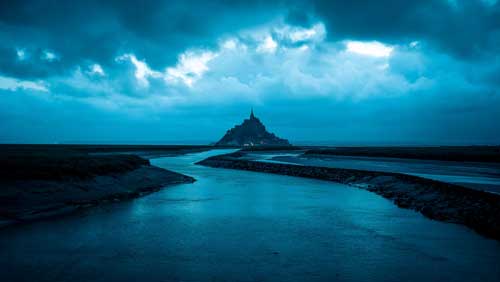
To achieve this goal, you should only:
- Establish the main objective What element will be the protagonist of the photograph?
- After identifying that central element, base your entire composition around it.
- To guide the viewer's gaze to the focus of the image, apply the rule of thirds . This rule consists of placing such an element of interest in one of the 4 intersection points that are created by dividing the image into three thirds, both horizontally and vertically.
Use tools that make it easy for you to capture and edit the image with ease
In landscape photography, nothing is stable, so the perfect shot can come and go in an instant.
Therefore, it is good that you have certain tools that facilitate your capture and editing process, in addition to the applications that I have listed a little above, keep these aspects in mind:
- Semi-automati shot: This will help you to have your camera ready and not miss anything. This is so because this mode will allow you to control two of the elements that influence the final result of the image: the aperture and the shutter speed. Thanks to that, the camera will only have to calculate the remaining elements so that you have a proper exposure.
- Wide-angle lenses: With this type of lens you will be able to capture a wide angle of vision. Also, if you use a small aperture, your images will come out perfect in terms of sharpness and depth of field, check out the wide-angle lens guide on the blog.
- RAW format: If you decide to shoot with this format, you will have more freedom when editing, since a RAW file contains more information and will retain more details after editing.
Set the right hyperfocal distance
This type of distance refers to the minimum space of focus that is reached to achieve a greater depth of field, making your image have a point of view that will extend from half to infinity. The hyperfocal distance will allow you to achieve a fully focused and sharp photo.
Use the necessary filters for landscape photography
Filters are crystals that fit the camera lens to achieve a specific effect. They are usually very useful in landscape photography, as they can considerably improve the image. These are the filters landscape photographers tend to use most often:
- Polarizing filters: With these filters, you can reduce reflections, eliminate some brightness, increase saturation and even intensify the blue of the sky. For all these reasons, this filter is usually the favorite of many photographers.
- Neutral density filters: Thanks to these filters you will be able to work with slower shutter speeds, which will make it easier for you to take long exposure shots and achieve a silky effect on water or clouds.
- Neutral Density Gradient Filters: Using these you will be able to reduce the amount of upper light, but not the lower one. This will allow you to capture images with very marked light contrasts.
Carefully assess the horizon
One of the big mistakes in landscape photography is not being able to discern when the horizon deserves to be in the center of the composition or not. To help you overcome this difficulty, I will give you some advice so that you learn to frame the horizon in the place that corresponds to it.
These are the points you should consider:
- If the horizon does not have an element that makes it attractive or you do not want it to be the protagonist, place it in the upper third of your frame, in this way you will reduce space in the composition.
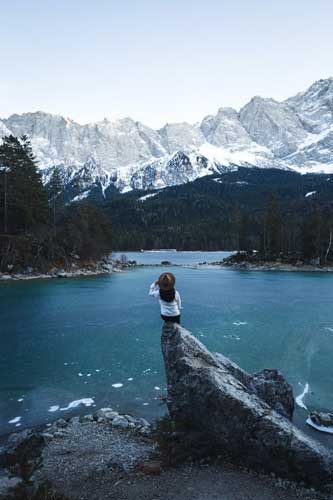
- But if the horizon is worth it, whether it's because of the clouds or sunset lights, you can make it the center of your photo by putting it lower.
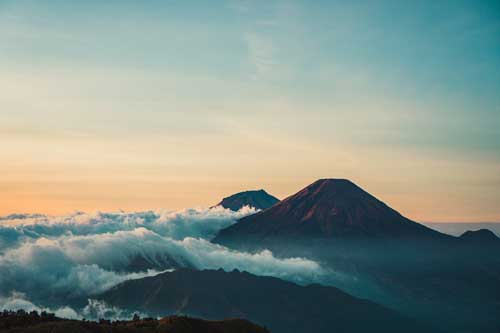
Take advantage of the foreground in landscape
If you want to convey a sense of three-dimensionality and depth in your images , opting for a close-up is best.
To carry out this technique, you have two options:
- Take a wide-angle lens and crouch as close to the item that will be the foreground of your photograph. This will make the object stand out almost exaggeratedly, but invite the viewer to look at the background of the image.
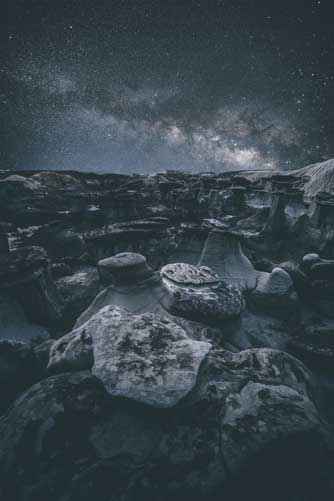
- You can also use a lens with a longer focal length, with this you will get an image that will invite you to look towards the background, and only the foreground will appear out of focus.
Now be patient and edit
Here are some of the best programs you can use to edit your photos :
- lightroom
- CaptureOne
- Adobe Camera RAW
- light up
- RawTherapee
- dark table
- DxO Photo Lab
- Affinity Photo
Formats and techniques that you should try in your landscape photos
Even if you are just starting out in the world of landscape photography, do not neglect the possibility of experimenting with different formats and techniques. If you start mastering a few of those variations, you'll soon be no longer a beginner.
Panorama
It is one of the most used formats in this type of photography. This is so because sometimes a wide-angle is not enough to capture the immensity of a landscape.
Keep in mind that panoramic photography is a series of shots that are stitched together to show a wider angle of view. And to achieve such a goal, you will need to carry out a specific procedure that will allow you to assemble the image during editing.
Here are some of the steps you'll need to take:
- Use a tripod.
- Do not change the level of exposure or diaphragm when you are taking the photos. Remember that the idea is to keep the same parameters in each shot, you will only be able to vary the shutter speed.
- Keep the same color temperature and do not leave the camera in automatic white balances.
- When you are going to turn the tripod between each shot, make sure that it is always stable.
- Try that each photograph contains 25% of the previous photo, this is necessary so that you can edit with greater precision.
You can learn more in the panoramic photography guide we made on the blog.
HDR
This technique is based on making a series of captures with the same frame and different exposures, to put them all together in editing to achieve an image that stands out for having a high level of exposure.
Practice makes a master
Now that you know everything you need to take a landscape photograph, all you have to do is go out and practice until you drop.
The first photos will not be perfect, but as time goes by, you will be able to more accurately portray the environment, whether urban or natural.
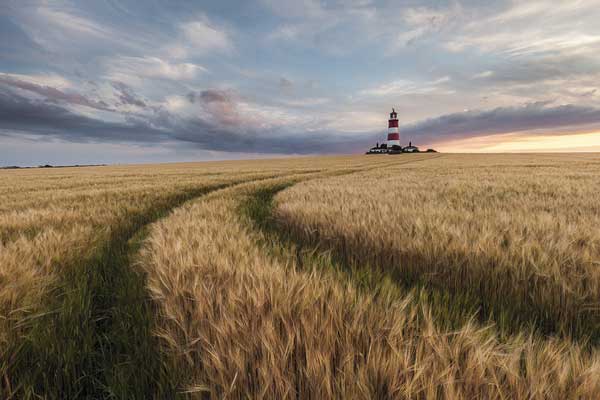
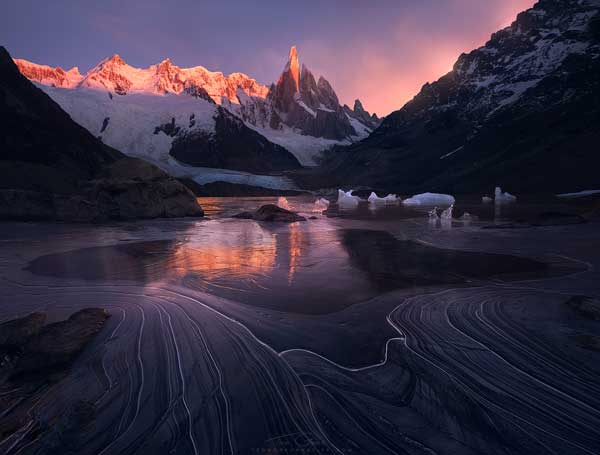




Comments
Post a Comment